News & Views, Volume 49 | Digital Elevation Modeling: Support Pressure Tests Records and Reduce MAOP Reconfirmation Costs
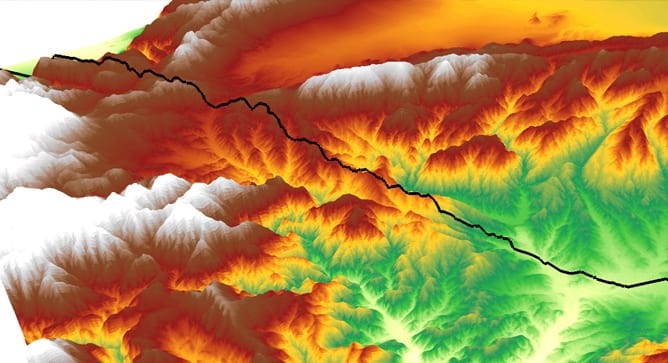
§ 192.624(a)(1) of the Mega-Rule 1 requires MAOP Reconfirmation for steel transmission pipe segments if records necessary to establish the MAOP in accordance with § 192.619(a)(2) (e.g. pressure test), including records required by § 192.517(a), are not traceable, verifiable, and complete and the pipeline is located in a high consequence area (HCA) or a Class 3 or Class 4 location.
Part 192, Section 192.517(a) requires that natural gas pipeline operators shall make and retain, for the useful life of the pipeline, a record of the following information for any Subpart J Pressure Test (PT):
- The operator’s name, the name of the operator’s employee responsible for making the test, and the name of any test company used,
- Test medium used,
- Test pressur,
- Test duration,Pressure recording charts, or other record of pressure readings.
- Elevation variations, whenever significant for the particular test, and
- Leaks and failures noted and their disposition.

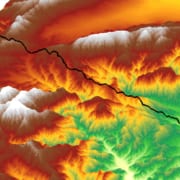
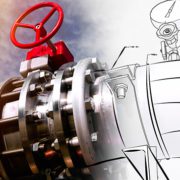
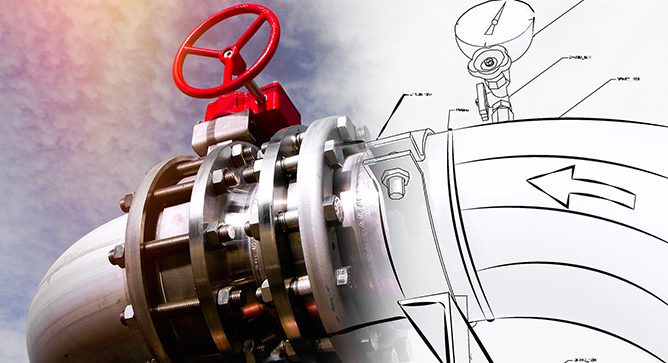

 Structural Integrity (SI) has significant depth and expertise in current pipeline safety regulations and dedicates substantial resources to ensure a comprehensive understanding of proposed pipeline safety regulations.
Structural Integrity (SI) has significant depth and expertise in current pipeline safety regulations and dedicates substantial resources to ensure a comprehensive understanding of proposed pipeline safety regulations.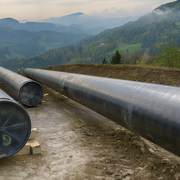
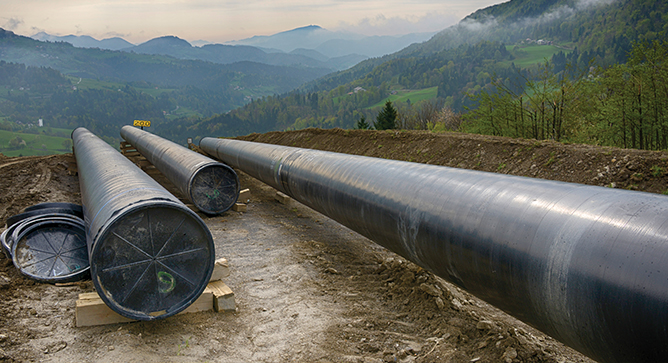 Structural Integrity
Structural Integrity 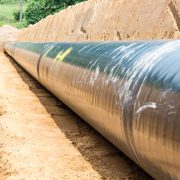
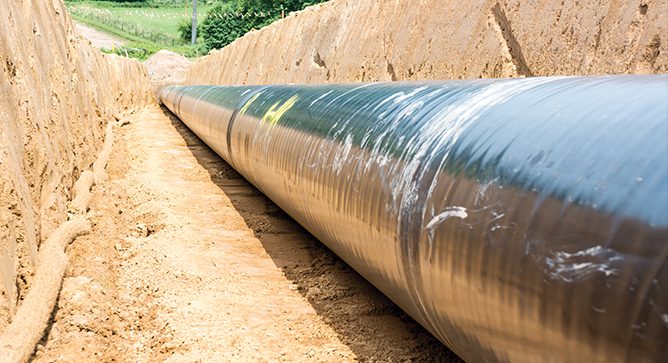 In January 2012, the Pipeline Safety, Regulatory Certainty, and Job Creation Act of 2011 was signed into law directing PHMSA to take steps to further assure the safety of pipeline infrastructure.
In January 2012, the Pipeline Safety, Regulatory Certainty, and Job Creation Act of 2011 was signed into law directing PHMSA to take steps to further assure the safety of pipeline infrastructure.